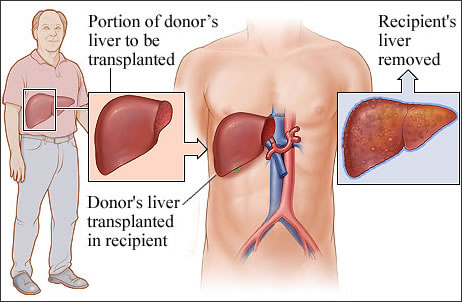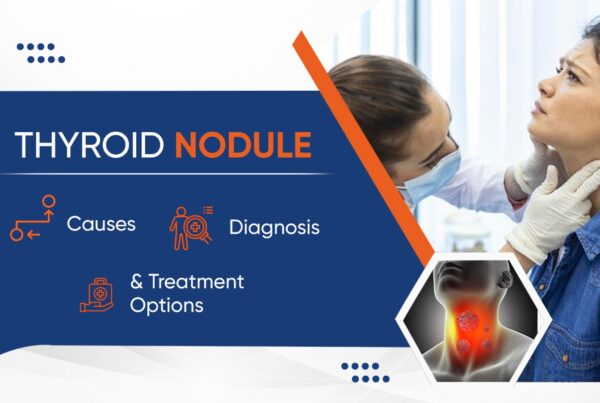Table of Contents
An Analysis of Liver Transplantation and Its Risks
For individuals with acute or chronic end-stage liver disease, liver transplantation has proven to be a highly beneficial operation. Previously, liver transplant surgery was thought to be the final resort for individuals suffering from advanced liver disease. Early mortality rates were quite high since patients were in such bad shape at the time of operation. Nevertheless, though the rate of survival has improved significantly over time, there are still certain issues to be resolved. Despite all of the surgical, medical, and technological developments, a liver transplant is still a complicated process with a high rate of morbidity and mortality.
How Liver function?
The liver is the body’s main internal organ and is essential for several key tasks. The liver is required for the survival of the human being and its loss cannot be substituted. The liver performs a variety of important tasks, including:
1.The generation of bile juice, a chemical mix that is essential for digestion.
2.Assisting in breaking down food so that it can be converted into energy.
3.Filtering and eliminating hazardous chemicals from the bloodstream.
4.infection-fighting compounds are being created.
5.Making substances that aid in the coagulation of blood.
6.Vitamins, iron, and other important chemicals are stored.
What is the importance of Liver Transport?
A liver transplant is a difficult medical surgery that involves the removal of a diseased liver and the replacement of it with a normal one. This treatment has been carried out for more than 38 years. Many people who have had the operation go on to live absolutely regular lives afterward.
When a patient’s liver underperforms important activities and standard medical treatment fails to restore the functions, a liver transplant is done. Liver failure can be caused by a variety of factors. The scarring of the liver or liver cirrhosis, on the other hand, is the most typical indicator that a patient requires a liver transplant. Cirrhosis of the liver could be caused by a variety of factors like:
1.Alcoholic liver disease
2.Fatty Liver
3.Hepatitis B
4.Hepatitis C
5.Genetically transferred disease
6.Liver autoimmune diseases
7.Excluding liver cirrhosis, liver cancer, acute liver failure, and bile duct illnesses may also necessitate a transplant.
Liver Transplant Risks:
A liver transplant may result in several problems, some of which may develop right after the surgery and others may arise later. They are separated into two categories: acute and long-term problems.
Immediate Effects:
The following are some of the immediate or short-term consequences of a liver transplant:
Technical Issues: Arterial issues, primarily thrombosis are one of the most common transplant complications.
Medical Difficulties: Once the liver activity begins to improve gradually, a patient may experience complications. In such circumstances, the patient’s stay in the ICU is extended, and the odds of death rise. Neurological respiratory issues, kidney difficulties, and hemodynamic changes are among the most frequent health issues that can develop after a donation.
Infections: Infections are a serious short-term problem that might occur after the transplant. Anti-rejection medicines increase the risk of infection by suppressing the immune system and preventing it from refusing the new liver. This problem gets better with time, and most infections may be treated right away.
Rejection: If anti-rejection medicines are not administered, the immune system will reject the transplanted liver invariably. Because the immune system can’t tell the difference between the transplanted liver and undesired bacteria and viruses, it happens. To minimize the risk of rejection, anti-rejection medicines are administered.
Liver Graft Dysfunction: The following situations can cause premature graft dysfunction:
1.The graft itself is causing problems, such as liver rejection, non-specific cholestatic syndrome, and graft malfunction or dysfunction.
2.The surgical approach can create vascular or arterial problems, as well as poor drainage of the suprahepatic veins and portal thrombosis.
3.Infections or drug-related liver damage are two further possibilities.
Long-Term Effects:
In the past, liver transplantation surgery was regarded as an experimental treatment, and it was only used as a last resort for patients in life-threatening situations. Long-term problems were not a major concern back then. Nevertheless, as the probability of survival has increased, more emphasis is being placed on long-term problems, which are closely linked to immunosuppressive therapy. Chronic renal failure, diabetes mellitus, dyslipidemia, obesity, systemic arterial hypertension, bone or neurological issues, and the formation of de novo tumors are the most common consequences that arise in a few years of surgery.
Chronic Rejection: This doesn’t usually show up until at least 6 months following the transplant. Although the reason is unknown, there is still a potential that the liver will be rejected by the body.
Renal Failure: The use of calcineurin inhibitors after a transplant is linked to chronic renal failure. The frequency of the problem varies depending on the parameters used to identify it and the methodology used to measure renal function.
Arterial Hypertension: Arterial hypertension is one of the most prevalent problems in liver transplant patients after surgery, with an incidence of 50-70 percent in the first few months. Nevertheless, as the dosage of immunosuppressive medicines is lowered, it steadily declines.
Diabetes Mellitus: Some people develop diabetes mellitus after the donation. The likelihood of this occurring is dependent on the length of time since the transplant and, in particular, the immunosuppressive medicines employed.
Osteopenia: Osteopenia, a condition in which the bones grow weaker than usual, is common in those who have severe chronic liver diseases. After a liver transplant, approximately 20-40% of patients may experience atraumatic bone fractures. The vertebrae and ribs are the most prevalent sites for these fractures.
Obesity: Obesity has a hazard ratio of 15-40 percent for the first year following surgery, that is when patients gain the most weight. It’s among the most common long-term consequences.
Despite advances in the medical and surgical disciplines, liver transplantation is still a complicated medical process with both short- and long-term risks. Nevertheless, the procedure’s survival rates have improved, and the majority of the problems are treatable.











